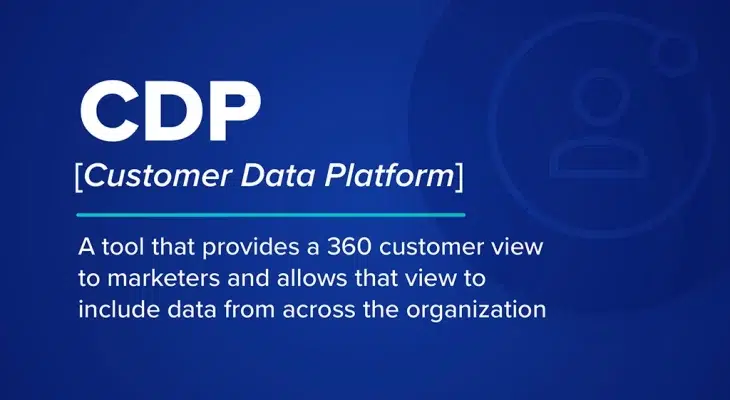The holy grail for marketers has always been knowledge and understanding of the market. As Peter Drucker said, “The aim of marketing is to know and understand the customer so well the product or service fits [them] and sells itself.”
In marketing’s early days, this started as occasional, high-cost focus groups, evolved into cheaper and more frequent wide-scale surveys, and now, in the digital world, marketers have the advantage of collecting data constantly as people take action. Marketers have recognized the importance of collecting this data, but most are still figuring out how to collect it effectively and what to do with it (see CDPs Activate Data). This is the role of a CDP.
A CDP is holistic in its data collection. While some marketers have found ways to collect all the information related to their marketing channel, few are able to leverage the data that exists across the entire customer journey. What if, for example, you didn’t just know that someone purchased a pair of green running shoes in a size 10 but also knew that they exchanged those shoes for a pair of blue running shoes in a size 9.5 and could leverage that in your decisioning or segmentation? Or if you knew not only that someone submitted a credit card application but also that you have a new offer that is similar, but better, from a new card provider? This type of information moves marketers from a position of selling to a position of assisting by knowing more about the customer than just what was in their cart. In order to be a CDP, the tool must provide the ability to get all of this information, and more, into one location for a full 360-degree customer view.



